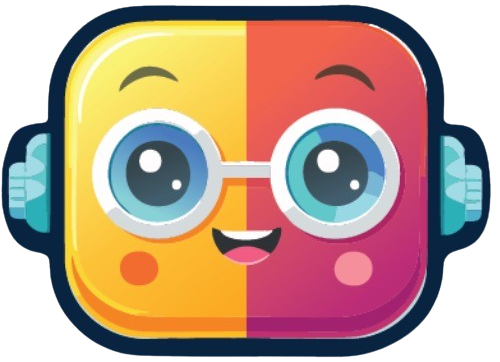The Reality Check
It didn’t start with a sudden collapse or a shocking tweet—it built up slowly, deal by deal, tariff by tariff.
From rising steel prices in the U.S. to container backlogs in Asia and costlier cars in Europe, the effects of the global tariff war are no longer distant headlines. They’re showing up in factory delays, volatile stock prices, and the shifting winds of global trade policies.
According to the World Trade Organization, merchandise trade volume dropped by 1.2% in 2023—mostly due to mounting trade tensions. Behind the scenes, industries from agriculture to electronics are recalibrating everything from sourcing strategies to pricing models.
The Invisible Chain Reaction
A 10% tariff here, a retaliatory measure there—it may seem minor. But these changes set off a complex ripple effect across supply chains.
For example, when tariffs were imposed on aluminum exports, beverage companies had to pay more for cans, which led to higher consumer prices. Auto manufacturers, who rely on cross-border components, were forced to delay deliveries or seek costlier alternatives. SMEs, often without buffer budgets, are the first to feel the heat.
Tariff wars don’t impact just policy makers. They touch warehouses, transport routes, job markets—and ultimately, consumers.
Enter AI: From Prediction to Prevention
This is where artificial intelligence steps into the conversation—not as a savior, but as a strategist.
Unlike traditional forecasting models, AI systems can process enormous volumes of data—everything from historical trade patterns and economic indicators to political developments and consumer sentiment. Machine learning algorithms are helping predict how specific tariffs may affect supply chains, regional markets, and pricing structures.
In fact, McKinsey reports that AI-driven forecasting tools improve demand accuracy by up to 20%, giving companies a critical edge in anticipating market changes before they hit the balance sheet.
More advanced platforms even allow businesses to simulate “what if” tariff scenarios, reroute supply options, and monitor global policy shifts in real time.
But Technology Has Its Blind Spots
AI may be fast and data-rich, but it isn’t flawless. Algorithms can miss the nuance of diplomatic shifts or overfit to past data in a rapidly evolving political environment.
There’s also the issue of transparency: are companies relying on black-box models they don’t fully understand? And who controls the training data when geopolitical narratives shape the numbers?
Even as AI becomes indispensable, decision-makers need to pair predictive analytics with human expertise, especially when policy, emotion, and negotiation often dictate trade moves.
Final Word: Data-Driven Diplomacy
The tariff war is more than a clash of economics—it’s a shift in how global commerce is governed. While AI can’t replace diplomacy, it can provide the foresight that helps industries prepare, adapt, and survive.
In a landscape where a new trade deal can be signed—or shattered—overnight, the ability to model outcomes, detect risk signals, and move quickly has never been more valuable.
As trade turns tactical, those with the right data-driven strategies will weather the volatility best—not by outguessing the system, but by understanding it deeper and faster than ever before.
Conclusion: Navigating Trade Turbulence With AI
As global trade dynamics grow increasingly complex, the role of artificial intelligence in deciphering and adapting to these changes becomes paramount. From predicting tariff impacts to optimizing supply chains, AI stands as a critical ally for businesses aiming to stay ahead.
At Simplify AI Tools, we curate an extensive AI tools directory, guiding you to the best AI tools tailored for diverse challenges. Whether you’re seeking to find AI solutions for trade analytics or exploring popular AI tools for operational efficiency, our platform connects you to the best AI websites in the industry.
Embrace the future of trade and technology with Simplify AI Tools—your gateway to the most effective artificial intelligence tools available today.

